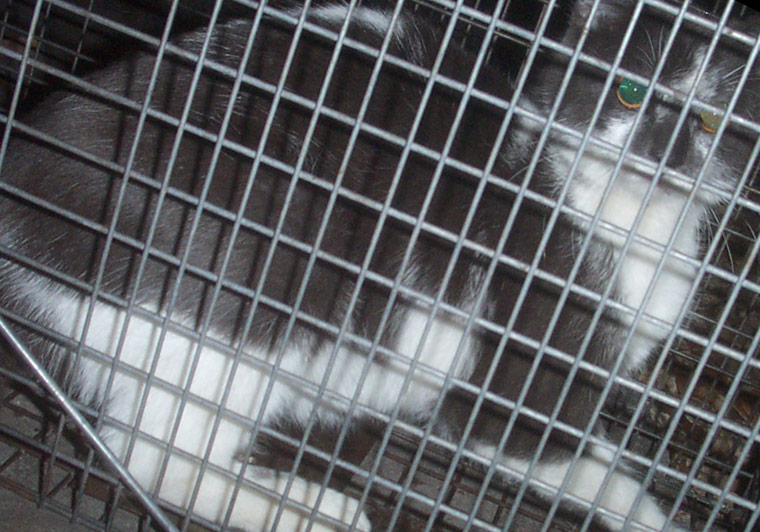-
info@aaanimalcontrol.com
Call us for help in your town
Humane Wildlife Education
Steps to take after you are bitten by a stray cat
Need wildlife removal in your hometown? We service over 500 USA locations! Click here to hire us in your town and check prices - updated for year 2020.
It’s easy to brush off a bite or scratch from an animal, particularly a wild animal, because that’s kind of what they do … isn’t it? When you corner any wild animal, or get close enough to it to make it feel threatened, it’s either going to attack or it will run away. You can never be sure what the creature in front of you is going to do, despite what it may look like as you get up close. That’s why we would never recommend dealing with wild or stray animals yourself, particularly a stray cat.

It is estimated that there are close to 60 million stray or feral cats across the United States. And no, feral cats are not the same as stray cats. Feral cats are cats that have been born into the wild, whereas stray cats are cats that once had an owner. They may have escaped, or been abandoned, sometimes as kittens. Two stray cats who breed in the wild would have feral kittens. A cat that has run away from home is not feral.
You won’t ever be able to tell from a cat whether it is stray or feral. Admittedly, feral cats might look a bit “stragglier” than your average house cat, but a stray cat can look just as unkempt if it has been away from home for long enough. It doesn’t really matter much either, because both feral cats and stray cats come with the same concerns. Feral cats can carry with them a wide range of diseases, and some of those stray cats can be just as bad too. If an owner has abounded the cat or kittens, there’s a good chance they won’t have vaccinated the poor creature beforehand. This makes it susceptible to picking up everything there is to be picked up “on the streets”. Remember that next time you’re feeding that stray cat in your back garden, which you should never do. Most attacks on humans happen when they try to feed their stray or feral feline friends.
Cats tend to gang up together when they’re left on the streets to defend for themselves, and this makes it much easier for those diseases to spread around. They live in close proximity, eating the same food as each other, breeding with and grooming each other, and even rockin’ around in each other’s feces and urine too. Your pets get involved with those ‘cat gangs’ too, and if they haven’t been vaccinated against the appropriate diseases as a kitten, they will contract those disease and potentially die.
You should avoid being bitten or scratched by a stray or feral cat, but you should also ensure that your cats are kept away from them too. Rabies is just one threat, and this is something that can be passed on to humans as well as other animals. Feline HIV and leukaemia are also common diseases found in stray cats, both of which can be deadly to your own household pets. That’s before we start mentioning the usual culprits - things such as mites, ticks and fleas. These are not only frustrating, and will likely leave both you and your household pets scratching like mad, but they can carry diseases also - more diseases than the cat can in many cases.
If you have been bitten by a stray cat, you should go to the doctor immediately. You will need to be vaccinated against rabies, and if you want for symptoms to show before you seek medical attention, you will have left it too late. This is a disease that requires treatment BEFORE the symptoms appear.
For more information, you may want to click on one of these guides that I wrote:
How To Guide: Who should I hire? - What questions to ask, to look for, who NOT to hire.
How To Guide: do it yourself! - Advice on saving money by doing wildlife removal yourself.
Guide: How much does wildlife removal cost? - Analysis of wildlife control prices.
animals in the attic
noises in the attic
How to Keep Away Stray Cats


















